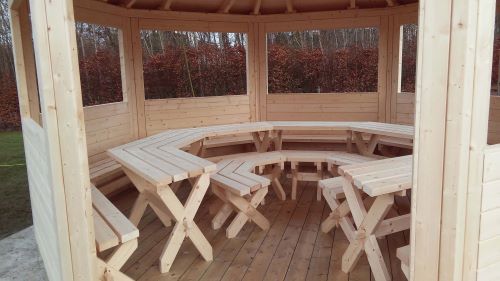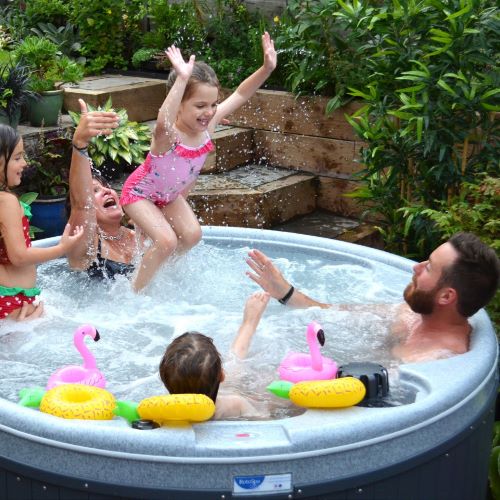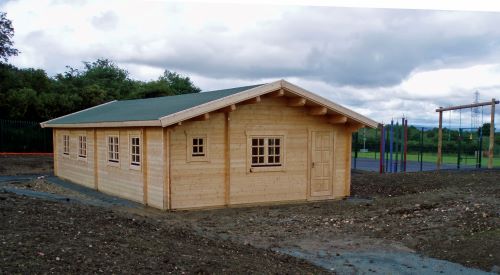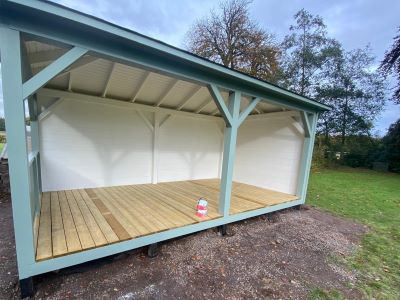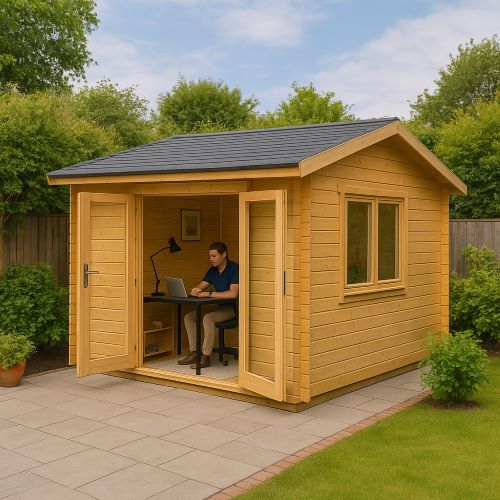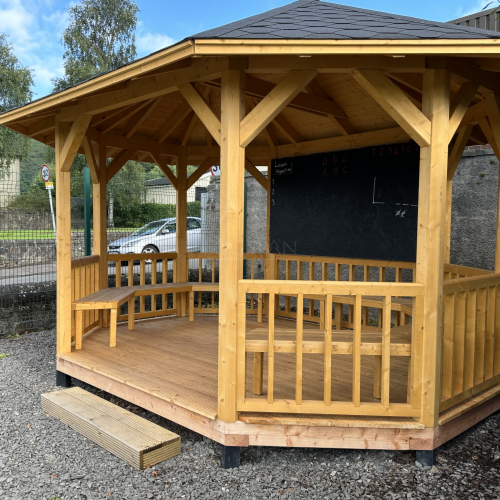The term "outdoor classroom" is becoming increasingly popular in today's education landscape. But what exactly is an outdoor classroom, and how does it differ from traditional learning environments? This blog post unpacks the concept of outdoor classrooms, exploring their benefits and importance in contemporary education.
Defining the Outdoor Classroom
An outdoor classroom is an educational setting outside the traditional classroom but within school grounds. Unlike conventional classrooms, outdoor classrooms allow students to experience learning in a different environment for group teaching or one-to-one learning. Here, learning takes on a more holistic approach, where the surrounding nature plays a significant role in the educational experience.
Our outdoor classrooms can vary widely in design, from simple benches and tables in a school garden to more elaborate setups with designated learning zones and resources. Regardless of the complexity, the primary goal remains to foster a meaningful experience while learning.
The Benefits of Outdoor Classrooms
The benefits of outdoor classrooms are both numerous and varied. The advantages can positively influence students' psychological and academic learning experiences.
Enhanced Engagement and Motivation
One of the most immediate benefits of an outdoor classroom is increased student engagement. Learning in nature excites the senses and captures attention in ways that traditional classrooms often cannot. This physical setting change can alleviate boredom and restlessness, motivating students to participate in activities and discussions.
Boosting Creativity
Outdoor classrooms provide a unique opportunity for students to harness their creativity. The natural world is inspiring; learning in this setting encourages students to think outside the box. Whether exploring the intricate designs of a leaf or using natural materials for art projects, students often find themselves more innovative when given the freedom to explore in an outdoor environment.
Improved Well-being
Educational settings often neglect the mental health aspect of learning. However, outdoor classrooms can significantly contribute to students' well-being. The calming effect of nature has been well-documented, and spending time outdoors can reduce stress and anxiety levels. The fresh air and exposure to sunlight also enhance mood and energy, fostering a positive learning atmosphere.
Social Skills Development
Outdoor classrooms often encourage collaboration and teamwork among students. The interactive nature of outdoor learning activities allows for group projects and discussions that can help develop communication skills and foster friendships. Children learn to work together towards common goals, vital for their social development.
Curriculum Integration in Outdoor Classrooms
Integrating the curriculum with outdoor classrooms is a growing trend among educators. Science classes can benefit immensely from hands-on experiments in a natural setting. For instance, studying plant biology can be enhanced through direct interaction with plants, while lessons on ecosystems can come to life through exploration.
Outdoor classrooms also allow cross-curricular projects, innovatively linking subjects like art, physical education, and social studies. For example, students can study historical events related to the local area while conducting nature walks, employing physical activity and outdoor learning.
Challenges of Implementing Outdoor Classrooms
While the benefits are clear, implementing outdoor classrooms comes with its challenges. Weather conditions can limit outdoor activities if the outdoor classroom isn't covered, and heaters can extend the classroom use well into the wintertime.
Financial resources may also pose a challenge, as creating an outdoor classroom environment can require investment in appropriate materials and facilities. However, many schools are finding innovative solutions through community partnerships and grants, and the cost of outdoor classrooms is far less than that of a conventional classroom.
Final Thoughts
In conclusion, the outdoor classroom represents a transformative approach to education that embraces the natural world as a vital learning tool. Outdoor classrooms redefine how students learn by improving engagement, boosting creativity, enhancing well-being, and fostering social skills. Although challenges exist in their implementation, the advantages of this educational paradigm far outweigh the negatives. Embracing outdoor classrooms can be a step towards nurturing healthier and more engaged learners, making education academically beneficial and profoundly enriching.
